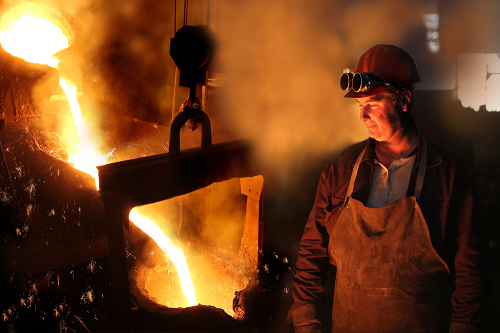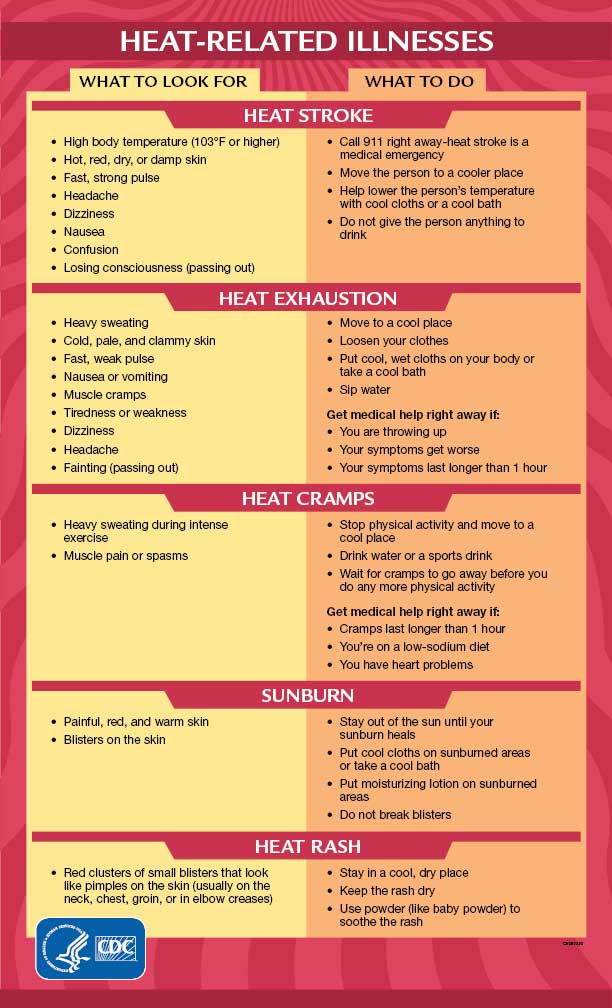
Heat illness in the workplace affects thousands of indoor and outdoor workers each year and can lead to death. The Bureau of Labor Statistics reported 56 fatal job-related injuries and 2,330 illnesses requiring time away from work due to heat exposure in the United States in 2020. Tragically, the three-year average of workplace deaths caused by heat has doubled since the early 1990s. Fortunately, heat-related injuries, illnesses, and deaths are preventable.
1 Ease into work.
Slowly get new and returning workers used to the heat. Nearly three out of four deaths from heat illness happen during the first week of work in the heat. Help employees adapt to the heat by gradually increasing their workloads by 20% each day. Allow more frequent breaks for workers adjusting to the heat.
2 Stay hydrated.
Give workers lots of cool water on all job sites. Encourage them to drink at least one pint every hour even if they are not thirsty. Make sure remote employees such as mail and package delivery workers bring water with them. Carrying some frozen water bottles can provide workers with cool hydration throughout their shift.
3 Dress for the heat and wear a hat.
Encourage workers to wear a wide-brimmed hat and light-colored, loose-fitting, breathable clothing if possible. Avoid waterproof fabric and replace wet or sweat-soaked clothes that trap heat. Layer a work shirt over an undershirt to help keep sweat and heat away from the skin. Consider wearing cooling vests, wet neck towels, or gel-fill neck scarves to keep body heat down.
4 Take breaks in a shady or cool area.
If it is not practical to air condition a hot indoor space such as a warehouse, consider air conditioning a nearby breakroom where workers can cool down. Consider pop-up tents or canopies to shade outdoor workers or provide portable air conditioning units to cool down individual workstations. Fans can help, but they blow hot air!
5 Know the signs of heat illness.
Feeling dizzy or sluggish while outside on a hot day can be the body’s way of signaling a more serious condition. Train employees to recognize and treat heat illness.

For more information on preventing heat-related injuries, illnesses, and death, download or stream any of DWC’s environmental exposure safety publications or workplace safety videos, or review OSHA’s Heat Safety and Health Topics. Contact a Texas Occupational Safety and Health Consultation (OSHCON) Program professional at www.txoshcon.com for free, confidential help in developing a workplace program to address heat-related incidents.
